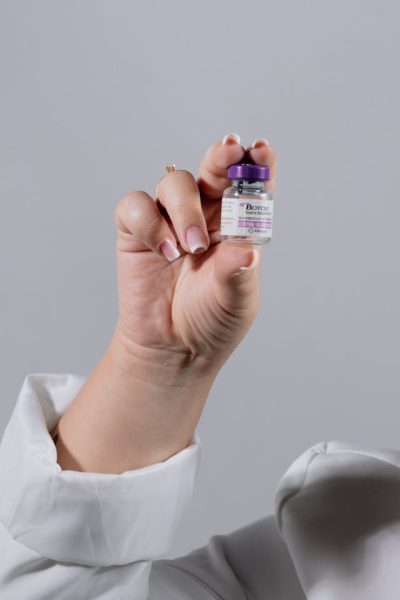Botox has gained popularity for a variety of medical purposes over the years. While many people use it widely, some individuals worry about side effects like headaches. Knowing more about the link between Botox and headaches can empower individuals to make informed choices when considering this treatment option.
What Is Botox?
Botox is commonly recognized for its ability to diminish wrinkles, as it contains a version of a toxin that is delivered via injections to temporarily halt muscle activity and minimize the formation of lines on the skin’s surface. Apart from its use for wrinkle reduction, Botox is also employed in the management of health issues such as persistent migraines, excessive sweating, and muscle spasms.
Why Do Some People Experience Headaches After Botox?
Can botox cause headaches? Headaches after receiving Botox injections are possible occurrences that may be influenced by various factors. The primary cause usually stems from how the body reacts to the injection process itself. Even using a small needle size can sometimes lead to a reaction that causes pain or a headache.
Another theory suggests that muscle tightness could be a factor here as well. While Botox is intended to ease muscle tension, sometimes it might create tension that could result in short-lived headaches.
Understanding the Risk Factors
Several factors could lead to experiencing headaches following Botox treatment, such as pain sensitivity levels, the expertise of the practitioner administering the injections, and the specific injection sites used during the procedure. Individuals with a history of migraines and tension headaches might be at a higher risk of developing these side effects.
Selecting a capable and experienced healthcare professional can greatly diminish these risks. Adequate training and understanding of anatomy by practitioners are essential.

Managing Headaches Resulting from Botox
If someone experiences headaches after Botox injections, there are steps they can take to feel better. Taking pain relievers like ibuprofen or acetaminophen can help ease the pain. Drinking water and applying a cold pack to the area can also provide relief.
Sometimes, trying relaxation methods like breathing exercises or meditation can help manage headaches. If the headaches persist, scheduling a consultation with a healthcare provider is important to assess whether other treatments or changes to the Botox routine are needed.
The Role of Botox in Migraine Treatment
Although some people experience headaches as a possible side effect, Botox is also recognized as a treatment for chronic migraines, with approval from various health authorities. This form of Botox treatment entails injecting small amounts into various regions around the head and neck. Studies suggest that Botox has the potential to reduce both the frequency and intensity of migraines in certain individuals.
The reason why Botox helps relieve migraines in some individuals but triggers mild headaches in others is still not fully understood, highlighting the significance of tailored treatment approaches and open dialogue with healthcare professionals.
Weighing the Benefits and Risks
Considering whether to opt for Botox injections can be a complex decision, particularly when it comes to enhancing one’s appearance or addressing medical concerns. When considering its use for reducing wrinkles or fine lines on the face and forehead, the benefits and potential risks need to be carefully considered. Factors such as how it may impact overall well-being in the long term and how it aligns with personal values regarding beauty standards and self-expression should also be taken into account.
If someone is thinking about using Botox for purposes like migraine relief, they should talk to a healthcare provider to understand how it could help them and what risks are involved in their case. A detailed assessment can determine the most suitable treatment approach.
Conclusion
The demand for Botox is on the rise as it proves effective in addressing medical issues. Although headaches may arise as a side effect of Botox treatment, they are not frequently reported. Being informed about the reasons and factors leading to Botox-related headaches empowers individuals to make educated choices when opting for the procedure. Selecting a qualified professional and fostering open communication can reduce the likelihood of undesirable results and promote a satisfying Botox experience.


